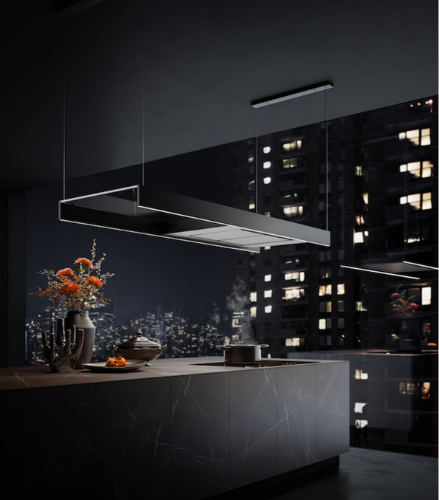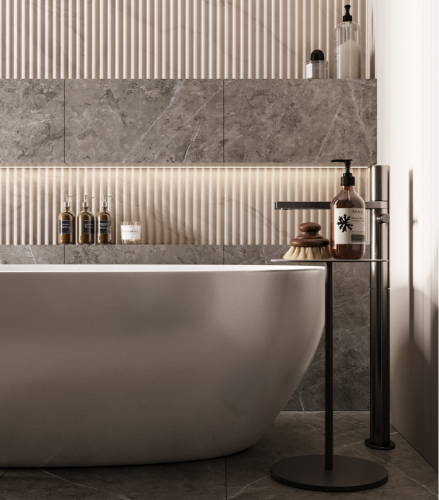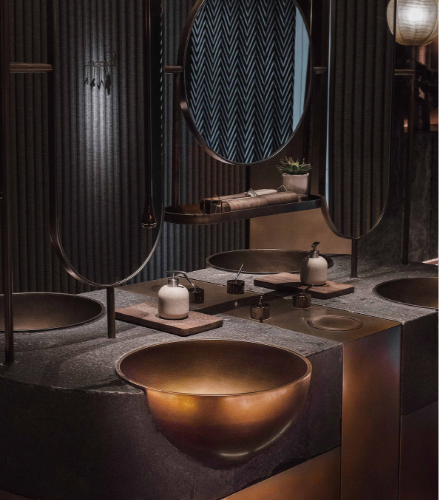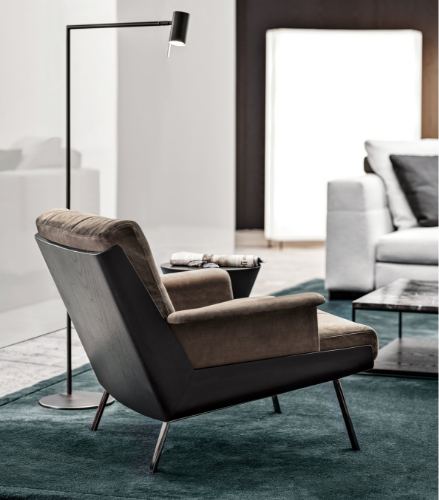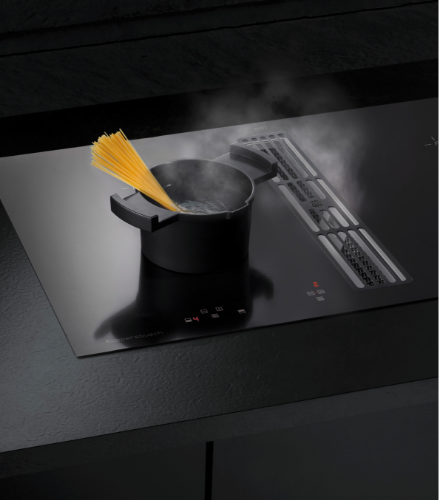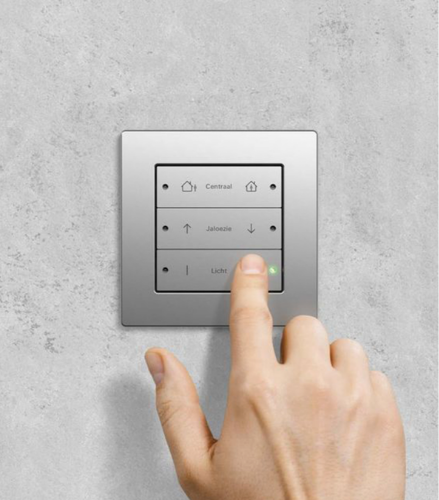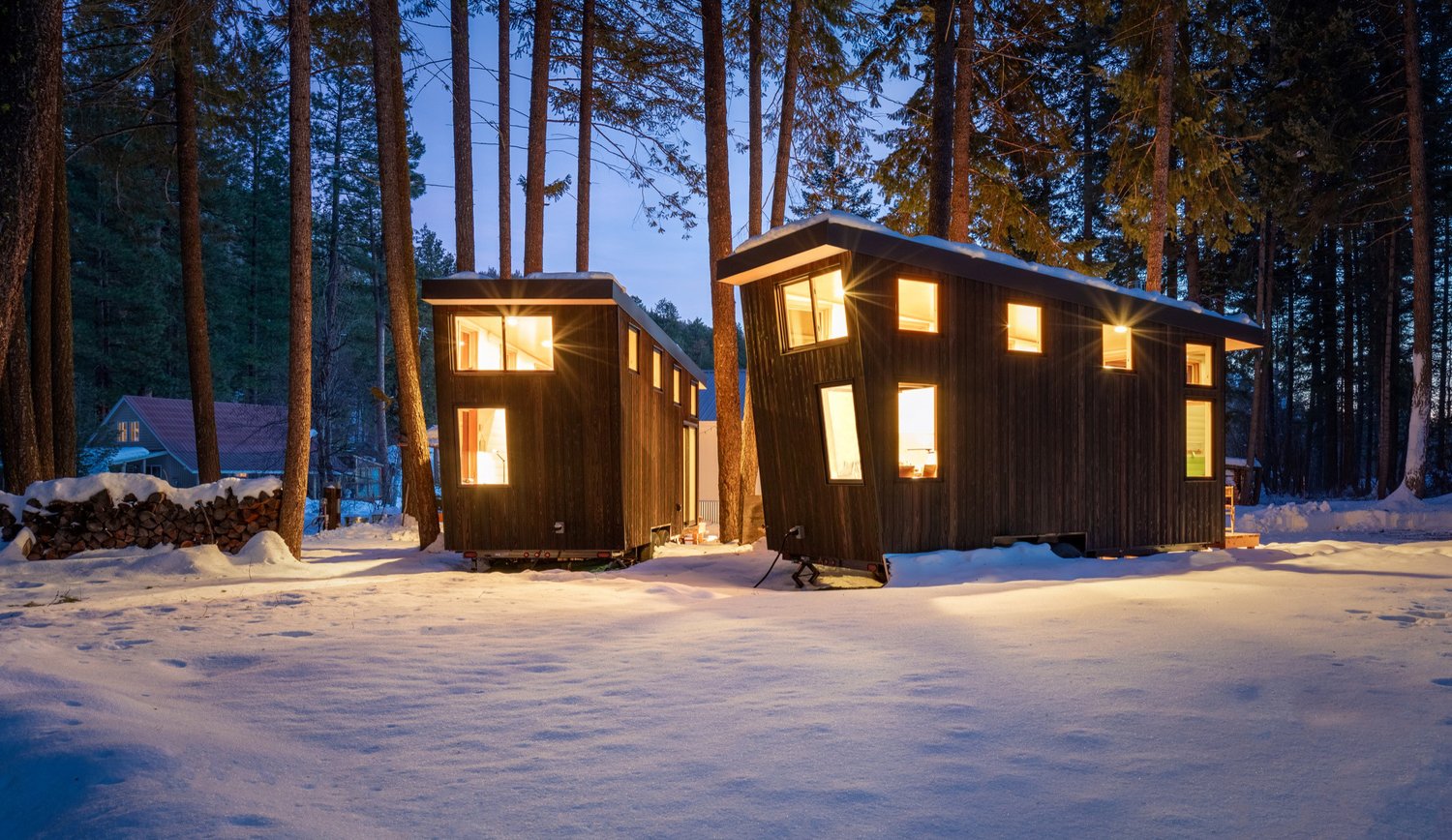Shou Sugi Ban is an ancient practice followed by the Japanese people for more than two centuries. The process involves burning the surface of the wood to improve durability while waterproofing it. But recent trends indicate the same practice has been adopted by furniture designers and manufacturers to produce high-quality and premium furniture across the globe.
That’s not all, wood produced through this process is also used in a variety of design elements, in various parts of the home. As this latest trend is taking over the world, more and more people have shown interest in what goes into producing such pieces of art.
Hence, we took it upon ourselves to help you learn more about the rich history of this ancient practice. Hopefully, this blog will encourage you to appreciate the beautiful art produced by the practice of Shou Sugi Ban.
What is Shou Sugi Ban?
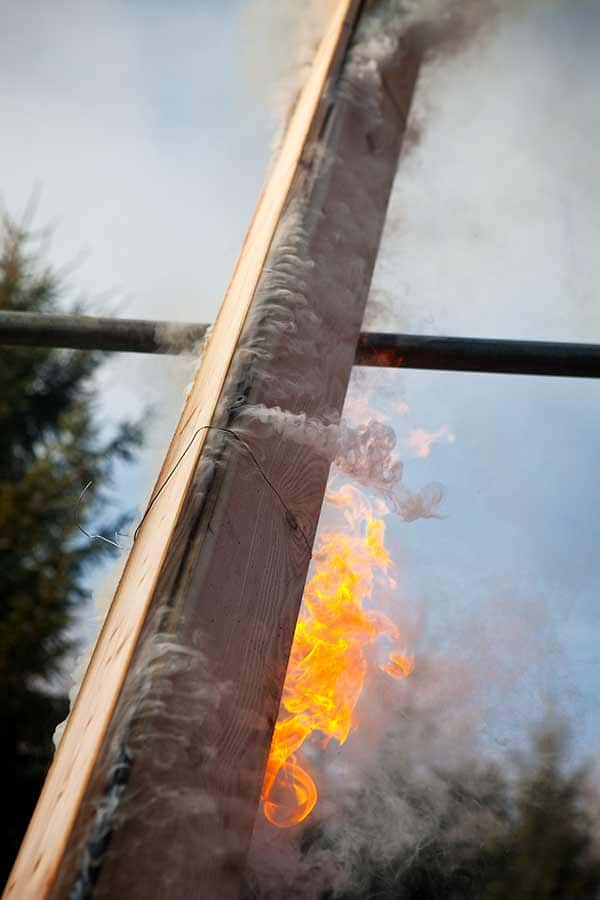
Also known as Yakisugi, the practice of Shou Sugi Ban originated in 18th-century Japan. It involved torching the surface of the wood, which results in the blackening of the wood, revealing long clean lines and adding a layer of textural elegance. Originally, this practice was done for the primary purpose of waterproofing the wood, but it has seen a revival of sorts in recent times. Where designers have adopted the practice to produce elegant and unique furniture. it is also being used to treat outdoor architectural elements such as siding.
Shou Sugi Ban Techniques
While the traditional method of producing such wood was by creating a triangular tube and burning the insides. The modern technique to produce the same texture is by spraying the surface of the wood with a blow torch. Moreover, the technique involves more than just torching the surface of the wood. After torching the surface, it’s cleaned using water and then scrubbed to get the desired result.
History And Cultural Significance
The earliest mention of the Shou Sugi Ban is somewhere between 1603 and 1868, during the Edo period. This is a very well-known period in Japanese history, as it was during this period the unification of Japan took place. Which resulted in a humongous population boom and a new, rigid social system was introduced. By the time the 1750s rolled around, Edo had become the most populous city in the entire world.
In this densely populated city, the lowest social class of people were the merchant who occupied traditional wooden townhouses and stored their goods in warehouses known as kura. And since most of these townhouses were made of wood, they were highly susceptible to flames. Fire disasters were very common in the area at that time, nearly 1,800 fires were recorded during this period. So, it is not hard to imagine why people came up with creative ways to mitigate such disasters.
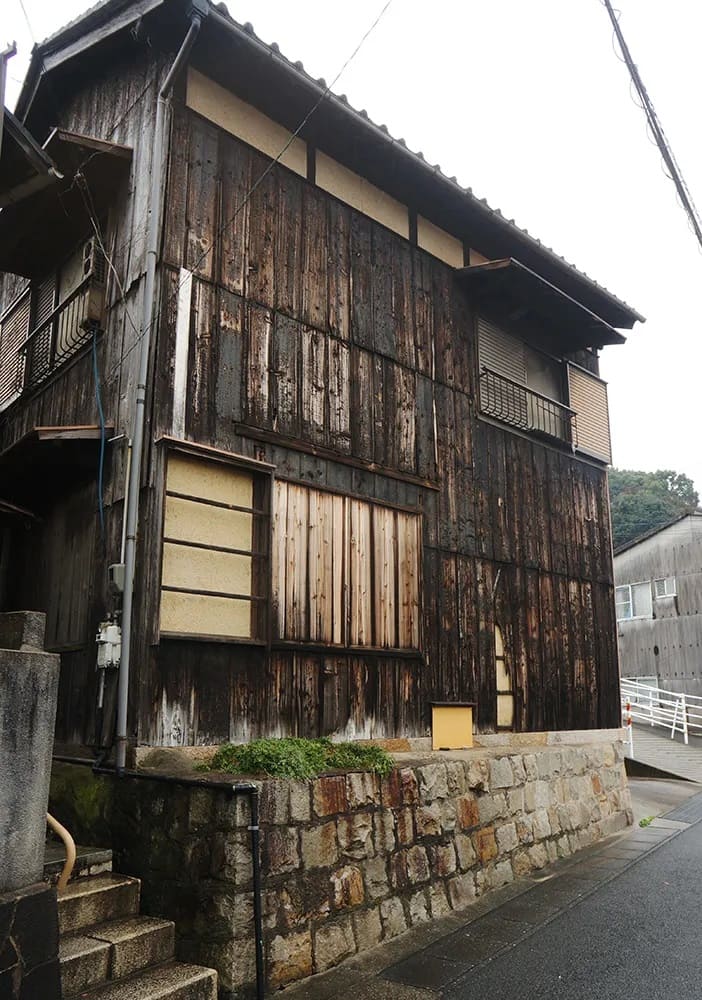
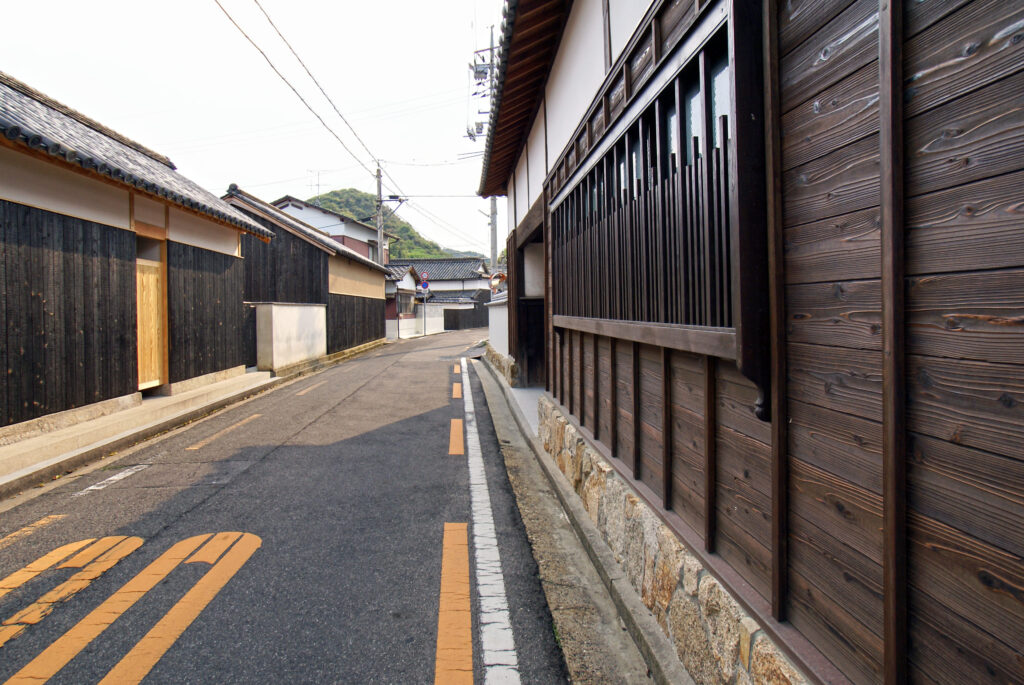
The practice of the Shou Sugi ban was especially popular among merchants who could not afford stone or stucco houses, the technique protected their goods in warehouses and their families in their homes.
Despite the harsh social structure, the merchants were able to amass a considerable amount of wealth by the time the Edo period ended, so they moved on to better living standards, eliminating the need for the Shou Sugi ban.
Benefits of Shou Sugi Ban
Although, this practice was abandoned after a certain period, integrating Shou Sugi Ban wood has a variety of benefits. Here’s a list of all the benefits associated with this age-old practice.
- Ironically, charring from the fire is what protects the wood from catching fire. Burning the surface of the wood creates a layer of carbon. This in return acts as a barrier between the fire and the wood. This is especially great when used as the sidings of a home. It makes the sidings low maintenance and naturally resistant to insects.
- Generally, a layer of oil and chemicals is used to protect the wood from the changing weather. But charring the wood naturally makes it weatherproof, adding another layer of oil will make it long-lasting. This option for protecting the wood is also much better for nature.
- And finally, undoubtedly, the aesthetics of the Shou Sugi Ban wood is like no other. It’s as unique as it can get while adding a layer of textural sensation.
Contemporary Applications and Design Trends
Shou Sugi Ban might not have been appreciated enough in the past, but that is not the case today. Nowadays, this enigmatic practice of charring the surface of the wood is looked at as an elegant form of artistic expression. And when it comes to its usefulness in architecture and interior design, the sky is the limit. While some out-of-the-box thinkers may turn it into an accent wall. And others choose to create a bold exterior for a home using the Shou Sugi ban.
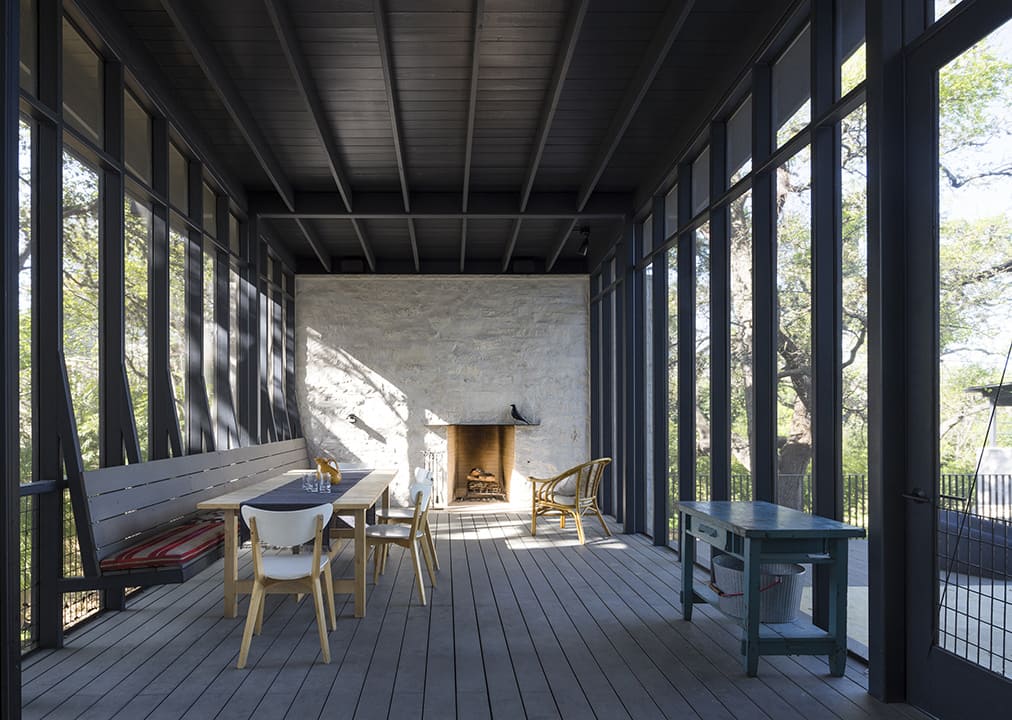
If you thought that is the extent of it, think again because professional flooring companies have also introduced a series of Shou Sugi ban floors. These floors are especially good at accentuating the various patterns found in wood, giving the floor an intense and premium feel.
Environmental Sustainability
Sustainability is a major concern that has taken over the minds, bodies and souls of a majority of people across the globe. It’s a trend that has seen green, ever since the movement began. The movement has resulted in an increased number of sustainable homes, and commercial spaces. It is even in other areas of the economy such as supply chain management, operations and manufacturing.
The goal is to have a minimal impact on the environment while preserving resources for future generations. Shou Sugi Ban in this regard fits in perfectly; the use of wood is not as excessive as to deplete our forests. In actuality, it prolongs the life cycle of the wood. Not to mention, even when it has lost their usefulness, they are completely biodegradable, so in a way, it’s good for nature and our future generations.
Shou Sugi Ban Maintenance and Care
Wood processed with Shou Sugi Ban naturally has a long life span, but simple and minimal maintenance can further push its longevity. While wood used for interiors does not need more than an occasional wet wipe. An occasional wash, tightening of the screws holding it together and re-oiling is enough to prolong its life cycle. The best part about these wood is as soon as you re-oil them, they will start looking brand new.
Chances are you were intrigued by this ancient practice of Shou Sugi Ban. Hopefully, this blog pushed you a bit closer to integrating it into your home. There are really no downsides to integrating wood processed with Shou Sugi Ban, whereas, there are only upsides to it.
It protects your home from insects and fire. It is also waterproof, in addition to adding a beautiful layer of aesthetical appeal like no other.

